Take full responsibility for your own life. That’s one of the fundamental principles of the Reintegration System, and one of the direct implications of the so-called Holographic Principle.
Holographic point of view can sound bizarre to our rational mind. It depicts the phenomenon of any provisional part containing complete information about the bigger system which it belongs to. In other words, we, as parts of the Universe, have within us all information about the Universe. That also means that we are the Universe. We are the source. And this implicates that we are responsible for everything, as we are the source. But what exactly does “taking full responsibility for our life” mean? It does not mean to take full control, nor it implicates blaming ourself for anything. It merely means to truly acknowledge and feel that we are the genuine source of all events in our life that are of any personal significance to us. To be fully responsible for life can also have two meanings: one is responsible for their own individual reality (limited responsibility) or the entire Universe (Existence). These meanings stem from two interpretations of the Holographic Principle: limited and total view. Two Points of View of the Holographic Principle According to the Limited View of the Holographic Principle, all entities are symbolically volumes with their surfaces. Those surfaces have all information on the volumes. On the other hand, the Total View of the Holographic Principle assumes that the entire Existence is inherently indivisible, so every entity has complete information on the Existence. First, here are some thoughts on the “limited” interpretation. The Holographic view of the universe has been relatively recently proposed by several renowned theoretical physicists (Leonard Susskind, Stanford University; Charles Thorn, University of Florida; Gerard 't Hooftand, Utrecht University; and several others) that were exploring string theory and an information paradox related to black holes.[1] The outcome of their analysis was: the surface of any volume contains all the information about that very volume. In other words, all particles, structures, or events within a limited volume of space-time are mirrored on the surface of that volume, and vice versa. Now, this leads us to a significant consequence to our everyday life. For us, if our being is a kind of the “volume,” what would be its “surface”? It is the external world that we perceive. [1] Reference: https://en.wikipedia.org/wiki/Holographic_principle All particles, structures, or events within a limited volume of space-time are mirrored on the surface of that volume, and vice versa.
The reality is being experienced through our senses, on the “surface” of our being. So, our individual experience of the outer reality is that surface! Therefore, the outer reality and our inner being must correspond to each other. Each has complete information on the other. Whatever is inside our being, is perfectly mirrored in our external world, although in a strange and symbolical way. Note that this relates to our individual reality only, not to the whole universe.
However, the Limited View of the Holographic Principle has an inevitable consequence: every human being is fully responsible for their individual life, in all its aspects. The Limited View of the Holographic Principle has an inevitable consequence: every human being is fully responsible for their individual life, in all its aspects.
The second and much broader way of thinking about the Holographic Principle is the “total approach.” It originates from the idea of indivisibility of the Primordial Oneness (or the Source, God). As the Primordial Oneness is not prone to any division due to its very nature (oneness), any limited entity or structure is actually an illusion, and it still equals to the same Primordial Oneness.
This also means that any entity potentially has the entire information within itself on the whole Existence. Although it is hard to believe in this, there is a possibility to extract any information from any subject, as that subject is an illusion and there is only Oneness, which is independent of the space-time limitations. Chief consequences of the “total approach” to the Holographic Principle are: We are one. Inherently, we are the Primordial Oneness, God. And yes, we are responsible for the whole of Existence. Chief consequences of the “total approach” to the Holographic Principle are: We are one. Inherently, we are the Primordial Oneness, God. And yes, we are responsible for the whole of Existence.
Layers of Holographic Reality
From our individual point of view, there are several layers of reality. Their main differentiating characteristics is the level of apparent influence we usually exert on them. Beyond our inner world, in the external world, first, there is our physical body. It is an intersection between inner and outer reality. It actually belongs to the external reality, but our mind is deeply attached to it. It represents the first and closest layer to our inner being. Seemingly, we have a robust, continuous, and decisive influence on this part of our reality. Then there are people and circumstances we are surrounded with: family, home, friends, co-workers, various life events, accidents, etc. Typically, we exert occasional but considerable influence on these people and events. Going further on, we experience our wider environment – neighborhood, broader organization/company we are working at, many acquittances, and so on. This environment is whatever we have some slight or rare influence on. Then there are social and global events around us. We perceive almost zero influence by us on those people or events. The layers are shown in the figure below.
Now, let's take a look at each layer from another angle. What exactly is mirrored in those layers? What is the practical value of recognizing them?
Here are some insights on each of the layers:
0 Comments
A New View on Fine-Tuning of the Universe (With Some Practical Implications for Our Lives)30/8/2017
There’s no law of physics that hasn’t been transcended. In the end, the only law is that there is no law. - John Wheeler, theoretical physicist
Modern science has reached the point where it is inquiring the very foundations of the universe. Was it created by a conscious creator? Or did it simply pop out from nothingness, by a mere chance?
There are countless debates now whether the physical laws of the universe are finely tuned to support biological life or not. There is a good reason for that: they indeed seem to be tweaked for life. Universal Constants As you probably know, many laws of physics are deeply dependent on various constant numbers that are parts of equations describing these laws. Those numbers are called the universal constants – the speed of light (c), gravitational constant (G), electric constant (ε0), Planck's constant (ħ), the mass of an electron (me), two parameters of the Higgs field potential, etc. Moreover, there are also even more fundamental constants that are dimensionless (i.e. not dependent on the unit system used to express the quantity). Those are, for example, the fine-structure constant (α), which defines the strength of the electromagnetic interaction between elementary charged particles, or proton-to-electron mass ratio, or the cosmological constant, which is the density of dark energy in the universe, and so on. There is a strong notion among scientists, backed by many extrapolations, that if any of these universal constants were only slightly different, the Universe wouldn’t be supportive of any kind of biological life. For example, if the gravitational constant were smaller, the stars couldn’t be formed. If it were too large, the stars couldn’t survive or their life span would be much shorter, so in either case, life wouldn’t be possible. Similar conclusions can be deduced for all other universal constants. If any of these universal constants were only slightly different, the Universe wouldn’t be supportive of any kind of biological life.
One of the solutions could be that we live in a multiverse, consisting of a huge or even infinite number of universes, each having different internal laws of physics.
Hence, the possibility of the emergence of a universe out of nothing, which is suitable for biological life and/or development of conscious beings, is practically equal to zero. There must be a conscious creator of this world.
Or is it so? One of the solutions could be that we live in a multiverse, consisting of a huge or even infinite number of universes, each having different internal laws of physics.
The whole existence is fundamentally indivisible, as all its parts contain the whole universe within themselves.
“As above so below.” This famous hermetic phrase originates from the Emerald Tablet of Hermes Trismegistus, a cryptic text depicting various aspects of alchemic symbolism. In its original form, it says: "That which is Below corresponds to that which is Above, and that which is Above, corresponds to that which is Below, to accomplish the miracles of the One Thing."
In this symbolic message, “Above” points to the higher spiritual realms, which can actually be reached within one’s own being. Similarly, “Below” corresponds with this material world, or the external reality. It’s the relation between the microcosm and macrocosm, inner and outer, individual being and wholeness. Finally, “One Thing” has a clear link with the idea of Oneness, God, or Absolute Consciousness. In fact, the message as above so below entirely corresponds with the modern-days holographic paradigm. The whole existence is fundamentally indivisible, as all its parts contain the whole universe within themselves. Why is the universe founded on the holographic principle? Because the original, primordial Oneness cannot be really divided. It’s indivisible. The apparent separation is ultimately illusionary. On the finest level of existence, we are still one. So, what can the Oneness “do” in order to be perceived as myriads of separated parts? It must “pretend” to be separated, to apparently have a notion of separation into those parts, while each of those parts can only be that same Oneness again, only appearing differently. Each part is the Oneness itself, only perceived differently. It would be something similar to different looks of a human being when observed from different angles. How is the holographic connection reflected in our everyday lives? Despite our genuine oneness with the whole existence, all our senses are telling us that we are fundamentally separated from the rest of the world. However, the oneness always finds its way to express itself within our lives. As the oneness is being mirrored in the universe, so it is in our individual lives, too. Therefore, the connection between the Universe and ourselves, although apparently hidden, is deep and essential.
Now, there is another layer of this story. Each conscious entity, whether individual or collective, has its own specific “bubble” of reality. That bubble precisely reflects the entity’s inner being. Hence, every person creates their own individual universe, which is apparently a much smaller version of the entire existence.
The holographic connection can be visible in our individual reality. All life circumstances, achievements, joyful events, painful experiences, challenges, illnesses, our families, jobs, loved ones, friends, adversaries…everything reflects our inner life. Can we really say that everything we see around us simply mirrors our inner being? Obviously, no. Our best friend is not a projection of her exact miniature replica within the boundaries of our being. Nor anything else is the precise copy of something within us. Actually, the whole world that we are perceiving around us is a symbolic projection.
That’s analogous to the symbolism of dreams. For example, what could a vehicle in dreams mean? For many people, it’s a symbol of control over life. In reality, we have to completely control our vehicle if we want to get from point A to point B. Or, the death of a loved one in dreams is not a psychic prediction of any kind – it represents a change. Dreaming of a mountain usually doesn’t mean that you will really see a mountain or climb it. It’s more likely that you will face a significant obstacle in your life, and if you successfully climb a mountain in your dream – you’ll probably achieve a great goal.
Examples of holographic symbols in everyday life In reality, the holographic principle is reflected virtually in all aspects of our lives, but it’s hardly recognizable to our logical minds. As noted before, it’s reflected through a symbolism, somewhat similar to that of dreams. Before we take a look at various holographic symbols, let’s not forget the main elements of our personality, from the point of view of the Reintegration System:[1]
[1] For more information please refer to “Inner Peace, Outer Success” or “Deep Personal Transformation”
This classification is not perfect, as some of these elements of personality can be seen as the subsets of the others. However, these are the aspects of our psyche that are the most important to work on. But in most cases, they are invisible to our eyes. Typically, we are not aware of them. They definitely pose a problem to our healthy lifestyle, but we very often fail to recognize them.
How do we solve that riddle? Is there an easy way to identify our hidden parts of personality? Just look around yourself. Watch the members of your family, your friends, lovers, enemies. Watch the habitual situations, events, omens. As you delve deeply into a state without thoughts, into the meditative state or Presence, you will be able to easily find patterns. Moreover, if you are assisted with your intuition, you will often recognize your own fears, desires, beliefs or other aspects of your psyche. Everything outside of you is reflecting your internal reality in a symbolic way. Whatever you suppressed, shall be revealed For instance, if there is a person in your life who constantly opposes you, who intentionally puts you into troubles every so often, be sure that such a person is the greatest teacher of yours. How come? Well, he or she is a projection of your own suppressed traits. If your neighbor is behaving in an annoying or aggressive way toward you, know that you still have the very same traits that could similarly be annoying to others. Most probably you have suppressed those traits during your childhood in an attempt to be a “good boy” or a “good girl.” You just replaced such behavior with another, more socially acceptable one. Since then, you don’t feel that those traits are yours at all. Apparently, they have been alienated from you, but still, they are parts of your personality. They need to express themselves somehow. One way is through a certain bodily illness or malfunction, and the other way is within the external world – as an unpleasant behavior of your neighbor, co-worker, or even of a member of your family. If we change deliberately our unwanted behavior or a trait without consciously re-integrating it back into our personality, it’ll express itself outside of our being.
Therefore, your bodily diseases or outer enemies have an invaluable role in your life. They are usually unveiling the elements of your own personality that have been forgotten, suppressed and deeply hidden from your conscious sight. At the same time, of the greatest importance to your further spiritual growth is to reveal your veiled traits, beliefs, emotions and other concealed inner energies.
Characteristic examples of externalization Let’s take another view on this. “…there is a process of suppressing personality traits that happens to most all human beings during childhood, without exception. It takes place as part of our upbringing, learning the basics of unselfish and socially acceptable behavior. As toddlers, we behave inconsiderately on many occasions, in accordance with our basic needs—food, parental love, possessions, pain avoidance, playing, and so on. When a little child, for instance, sees an interesting toy in the hands of their brother or sister, they will try to grab the toy forcefully, with no consideration of other’s needs. The parents then criticize the toddler for this unacceptable behavior, demanding the child stops doing anything like that. Over time, the child will remember that this behavior is unfavorable to their basic need for parental love. They deliberately suppress the impulse for doing such a thing and thus, finally stop. But, the selfish impulse is not released. It is only moved into the subconscious level, from where it tries to continue its expressing. The suppressed need always finds its way to express itself, because it’s a question of its very existence as a distinct energetic entity. In this particular example, the need for taking desired things from others to fulfill one’s own needs, first tries to emerge again as the child’s concrete act. As the child has learned its lesson and deliberately suppresses the need all over again, this entity now tries to find a different path. It expresses itself through another person which acts exactly in accordance with the suppressed behavior, but this time toward the child. When the child grows up, the suppressed entity will continue expressing itself during the whole life of that individual. It will bring into his life people that act selfishly toward him, again and again. Doing this way, it just feeds itself up, trying only to survive.”[1] A similar process happens to adults as well. Let’s examine a typical case: a middle-aged professor, we’ll call him George, after long periods of being intensely remorseful, firmly decides to finally end his surges of rage toward his loved ones. His decision is so strong that whenever he feels any sign of anger appearing inside of him, the decision is triggered and he manages to immediately suppress the emotion and to calm down quickly. After several months of heroic and frequent inner battle within various challenging situations, George succeeds to transform his behavior in general as well as to improve his relationships significantly. Alas, as soon as he concludes that he has become a new person, unexpected problems appear. A new colleague at work starts offending him on a daily basis, making him a victim of many unprovoked, aggressive attacks. However, George remains steady in his decision to not react angrily. After some time, an additional challenge emerges: a new boss begins bullying him. Even worse, several other people appear in his life and mistreat him also, showing off a lot of anger and resentment toward him. What happened to George? Obviously, he had forcefully suppressed his negative emotions, without consciously working on them. Instead of fully accepting them and working on their reintegration into the wholeness of his being, he blocked and repressed them completely. As he was in a very good physical condition, the suppressed anger and similar emotions found another way of expressing themselves – into the outer world. There is always a solution Luckily, George has found the real way out of his problems. After only three hours of intense reintegration work, done in the course of one week, he achieved wonderful results. Thanks to the Inner Triangle technique, several parts of his personality that had been causing the rage outbursts, were mutually merged and at the same time accomplished their highest purposes. George felt a huge relief. But the most astonishing part of the change in George’s life was yet to come. After a week, the problematic co-worker abruptly left the University, without any apparent connection to his relationship with George. Subsequently, the bullying boss and the other problematic people have either mysteriously transformed their behavior toward George, or left his life permanently. The holographic principle has revealed itself in the most obvious and remarkable ways. [1] An excerpt from “Inner Peace, Outer Success,” https://www.amazon.com/Inner-Peace-Outer-Success-Reintegration-ebook/dp/B01KD221D8 We are completely and absolutely responsible for our lives. We are the ones who are in charge.
What can we learn out of these examples?
All the suppressed needs, desires, fears, emotions and other parts of our personality, whether inhibited during one’s childhood or any time later, express themselves either through various inner problems—mental difficulties, bodily disabilities, illnesses, or through external people or circumstances.[1] To conclude, if we change deliberately our unwanted behavior or a trait without consciously re-integrating it back into our personality, it’ll express itself outside of our being. On the other hand, if we identify the inner source of our external challenges, we will be able to overcome it permanently, whether using classical psychological techniques or employing other approaches, more spiritually inclined – such as the Reintegration techniques. Perhaps the most wonderful implication of the holographic principle is that we are completely and absolutely responsible for our lives. We are the ones who are in charge. And a gentle, but infinite power within us is waiting to be unleashed. [1] An excerpt from “Inner Peace, Outer Success,” https://www.amazon.com/Inner-Peace-Outer-Success-Reintegration-ebook/dp/B01KD221D8
How come we are condensed into a single point of the Universe? Is there another way of existing in it? Is there a way of experiencing the reality without being so restrained into this point of space-time? Is there any other kind of existence at all?
These existential questions can lead us to ask ourselves the very basic one: who am I? Or what am I? Or even am I? In order to get a glimpse at the final answers to these questions, we must be very thorough in our self-inquiry. We also have to rely not only to thoughts and logical thinking (which indeed may help a lot), but primarily to try to work honestly on ourselves, and directly experience the Truth. Inquiry begins The first point of our inquiry on the fabric of our individual reality is the question about its roots. Our perception of the world is based on witnessing it from the usual point of view, the sense of “I-ness.” We feel our blurred sense of “I” as opposed to everything else, the “no-I.” It is obvious that all our experiences stem from this basic dichotomy: I – everything else. We have countless perceptions about the external world and our own being: thoughts, emotions and 5 “usual” senses. We can call them the contents of mind, and the whole outer reality is being perceived through these three kinds of mind content. Underlying reality The First postulate of the Reintegration System claims: “There exists an underlying, supremely perfect reality, independent of time and space, yet subtly present in all phenomena.” However, we might choose certain words in an attempt to describe this reality, like God, Being, Source, Tao, Sunyata, Emptiness, Void, Nothingness, Wholeness, Oneness, and so on; yet all those terms will be far from being adequate for depicting the supreme reality. It is worth noting that there are several concepts in modern physics that symbolically represent this underlying reality or point to it. In Einstein’s Theory of relativity, it is the space-time continuum. In quantum physics, it’s the quantum vacuum. Also, in various works of the late American theoretical physicists David Bohm, this reality is clearly named as the implicate order. Oneness Nevertheless, this reality is definitely the source of everything. Although it has no inherent attributes, we can still designate some characteristics to it, from our limited point of view. And, one of the most obvious characteristics would be oneness. It’s undivided and undividable. Consequently, if this oneness is the primal source of the whole reality, then all seemingly separate entities or things are, at the deepest level, an illusion. If we accept this, then the next obvious thing is: our internal world and external reality are also inseparable. They are one. There is a subtle, yet fundamental, oneness of inner and outer reality. In a delicate way, they are equal. Whatever is inside, the same is outside, and vice versa. Holographic principle Of course, as we are identified with this illusion and heavily covered by countless veils of ignorance, we are not aware of that sameness of inner and outer world. Nevertheless, that sameness must be expressed in some way. That is the holographic principle. Basically, it says that each part of an entity contains complete information on the whole entity. Accordingly, within every human being, as a part of the Universe, there is complete information about the Universe. Similarly, the same correlation is between one’s inner and outer reality.
It seems that modern science is also going toward the holographic idea. A lot of groundbreaking research has been done in the last couple of decades in the fields of neurology and psychology, showing striking correspondence with holographic principle, especially related to memory and other functions of the human brain. For example, neuroscientist Karl Pribram, initially in collaboration with physicist David Bohm, developed the holonomic brain theory. It is a model of human cognition that describes the brain as a holographic storage network. “Pribram and others noted the similarities between an optical hologram and memory storage in the human brain. According to the holonomic brain theory, memories are stored within certain general regions, but stored non-locally within those regions.”[i]
The holographic model is also emerging in theoretical physics. “The holographic principle is a property of string theories and a supposed property of quantum gravity that states that the description of a volume of space can be thought of as encoded on a lower-dimensional boundary to the region—preferably a light-like boundary like a gravitational horizon.”[ii] This implies an astonishing idea that the entire 3D universe is a kind of a projection of the information embedded in the cosmological 2D horizon. Veils of ignorance What are these veils of ignorance, causing our total immersion into this illusion? Basically, they are our misperceptions or unawareness of various layers of Reality. They are directly connected to our identifications, beliefs and other elements of personality described in the Reintegration System. We think we are something else than we truly are. In fact, whatever we think we are, we are wrong. It can only be that we are, as opposed to the notion that we are something or someone. Every single identification contributes a little bit to our immersion in this world of illusion. For example, a person acts as a sister. From the point of view of that identity, the person behaves differently than from the genuine state of Presence and from all her other identities. Her behavior is limited to her traumas from the past, to her fears for her “little” brother or sister, desires for being protective, or better than her siblings, beliefs on being superior or inferior, etc. All those habitual notions or traits seriously confine her genuine abilities and perfection of acting from Presence. After all, those notions deeply limit her perception of reality. Game of life rules Why do these veils of ignorance exist whatsoever? The explanation of this mystery lies in being’s primal decision to have experiences. Quite obviously, in order to bring any experience into existence, a basic polarity should be established: the “experiencer” and that which is being experienced, we will name it the “experienced.” Therefore, the primal Being must seemingly split itself up into those two polarities. It actually “condenses” itself into a limited region or point, which is conscious of the outer region “around” it. In a sense, the Being deliberately “retreats” from the “rest” of it, the “outer world.” The external world becomes the “unknown,” a field of unconsciousness.
There should also exist “something” in which the experiencer and the experienced exist. It is space. But, that is still not enough, as this polarity in space is totally static. If there should be some experience, there must be some dynamic events. The Being must introduce time.
Now, what is time? In relativistic physics, it is simply one of the dimensions within the four-dimensional continuum called space-time. So, in space-time there are four coordinates assigned to an event. For example, if you wanted to describe the very basics of the event when you eat an ice-cream last time, you would have to assign three coordinates of space to it. It happened in a point of space that had its precise longitude, latitude and altitude. But, that’s not enough. It must have an additional value: the time when it happened. Thus, it is described by four coordinates. Modern physics tells us that these four coordinates are inter-changeable. They are equivalent. So, when we have a series of mutually connected events, like moving a car from point A to point B, we actually have countless mini-events, each being described with its own four coordinates in the space-time continuum. And when we have a non-moving car on a parking slot, it seems that we now have a completely static situation. No, it’s not. It is still moving, through the fourth space-time coordinate, through time. Now, note this: as an observer of that seemingly static car, you are also moving through the fourth dimension – time. From a deeper point of view, the only entity that is moving along this fourth dimension is the observer, you. Therefore, a conscious observer, or the experiencer, must move along one of the coordinates of the four-dimensional continuum, in order to get an impression of a dynamic experience. We now have established some rules for the game of life. Nevertheless, this is not enough for a complete picture. That moving through one of the dimensions must be unconscious, otherwise the experiencer would have been able to manipulate with the experience at their will, with no effort. Moreover, they shouldn’t be conscious of any of the following events – the future must be under the veil of the unknown in order to have the possibility of wonder. Also, their memories from the past should be vague and more or less unreliable – otherwise they would have a perfect basis for a perfect behavior, and that also wouldn’t be good for the game. However, those memories have to be mutually consistent and interconnected, in order to form a unique personality with their own unique desires, fears, beliefs, etc. Interactions between the players can begin now. They are all imperfect, as well as the environment itself. Countless experiences can arise now. The bottom-line of the life game is to have plenty of imperfections at the stage. In that way, there will also be plenty of room for making mistakes, learning valuable lessons and ultimately, for expanding the growth of the consciousness and spirituality. And the final target for all players is the same – to re-unite with God, as fully conscious beings. Conclusion In order to have any experiences in life, there should be set up several pre-conditions, as following: - There must exist the primal polarity: I (“experiencer”) – no-I (“experienced”); - We must be moving forward along the time coordinate within four-dimensional space-time, from the past to future; - We must not know the future occurrences; - We should not have totally reliable memories of the past; - We should have a continuity of the memory. As we have all the basic pre-conditions for the game of life now, we can have various experiences that we can learn from and grow. After all, that is the purpose of this game of life. As the individual's reality becomes imperfect, due to veils of ignorance, within the individual arise inclinations and aversions. Essentially, the being wants to return to their original state – happiness. If the inclinations and aversions are not satisfied, the individual suffers. So, if we want to deliver ourselves from suffering, we must release our desires and fears, habits, emotions, thoughts, and many other parts of our personality. The best way to do that is to reintegrate them in a non-aggressive, benevolent way. Some of the new approaches to doing this in a comprehensive and efficient, yet elegant way, are the Reintegration System techniques. Still, the basic pre-condition for suffering is ignorance. We may reintegrate the whole inner galaxy of personality’s elements, but if these veils of ignorance remain, we would suffer time and again, as they would repeatedly generate fears, desires and all other variations of personality elements. Luckily, these veils are usually being released spontaneously, through the reintegration of various elements of personality, layer by layer. And if they are not released – no problem, we just treat them with the Reintegration techniques like all other elements of personality. If we are uncertain which element to deal with, we just have to look around us – the outer world is a projection of our inner universe. The holographic principle will impeccably lead us along this path. As our work continues, our consciousness will be expanding, while unconscious limitations are being dropped away progressively. The reintegration work will be resembling the art more and more, as the mystery of life unfolds in most surprising and beautiful ways. [i]https://en.wikipedia.org/wiki/Holonomic_brain_theory [ii]https://en.wikipedia.org/wiki/Holographic_principle |
Please note that most of the articles have a "Read More" break, which is sometimes hardly visible.
It is located at the bottom of visible part of the article, on the right side. To continue reading the article, click on that link. This page may contain affiliate links meaning we earn a commission if you use those links.
We only recommend pages we appreciate and trust. Archives
March 2023
Categories
All

|
For guest posts or placing ads on our website, please use the contact form on the 'About/Contact Us' page.


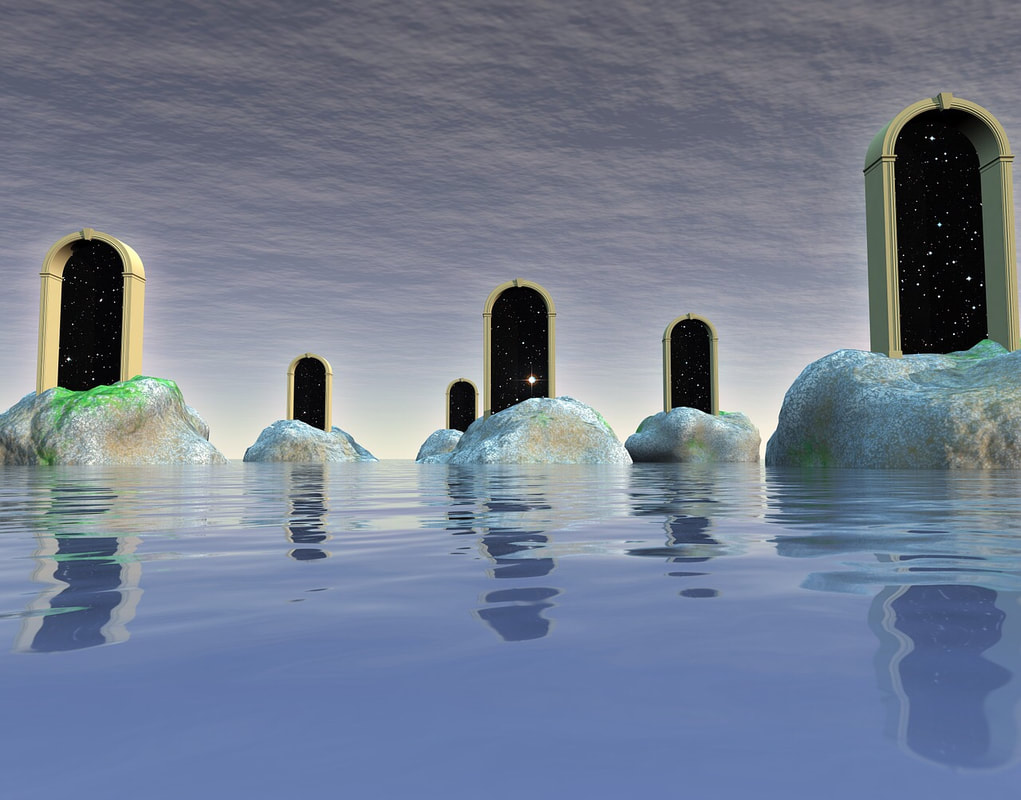

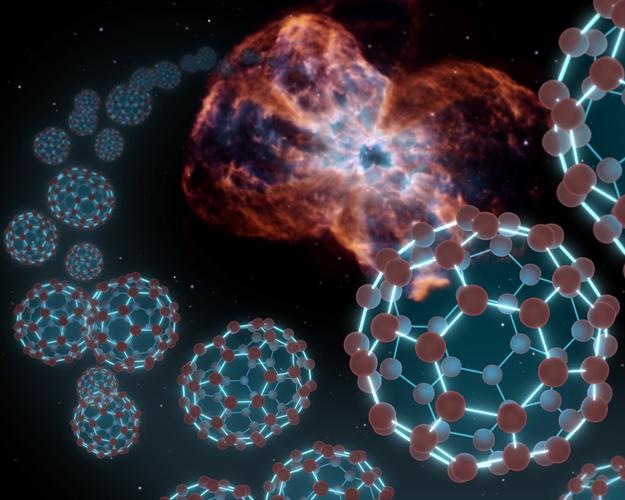

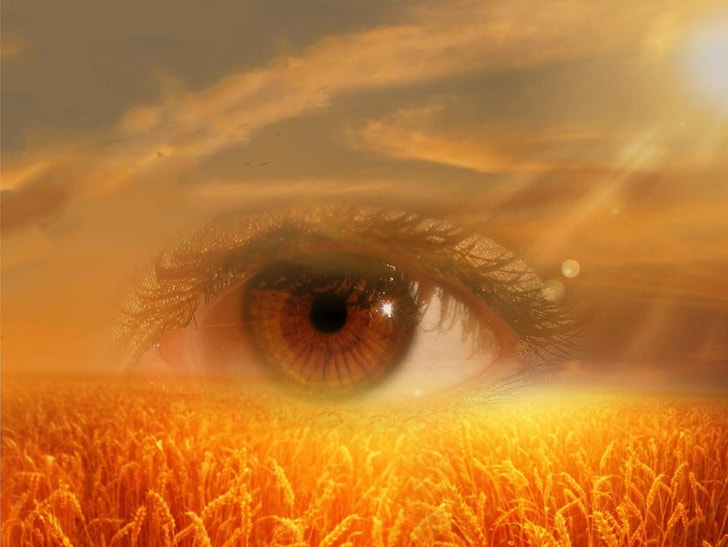
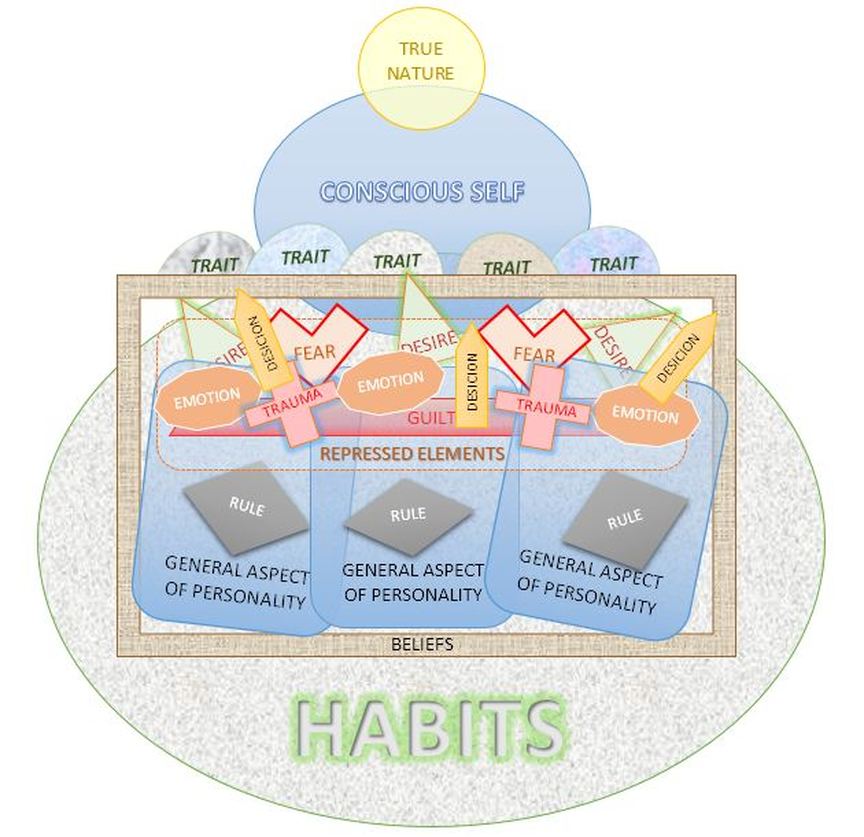



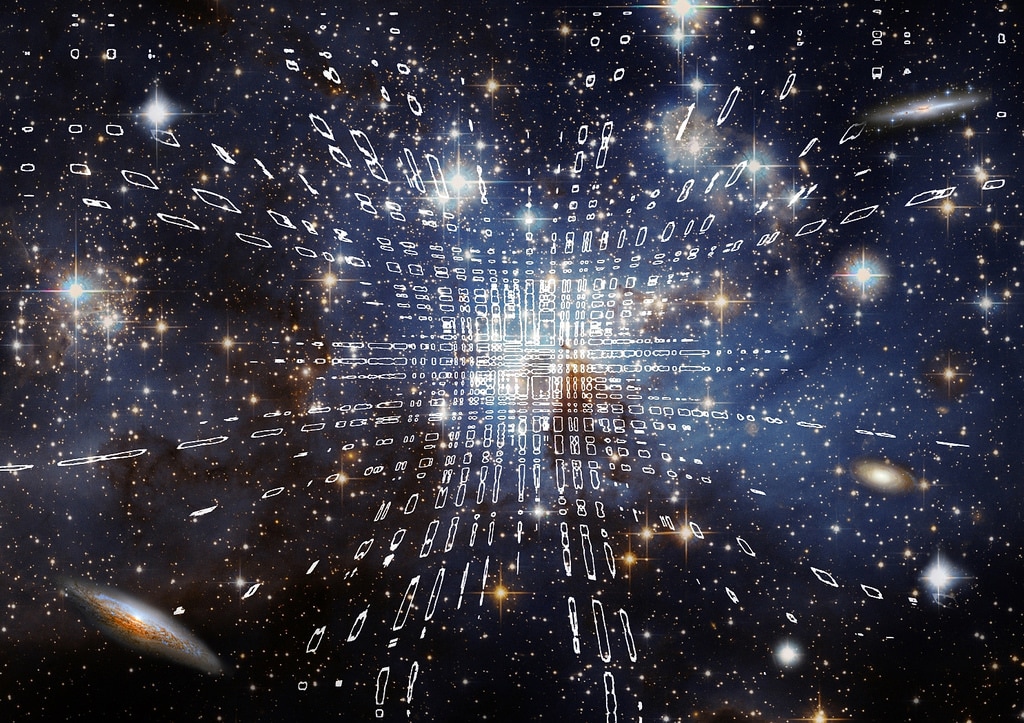


 RSS Feed
RSS Feed

